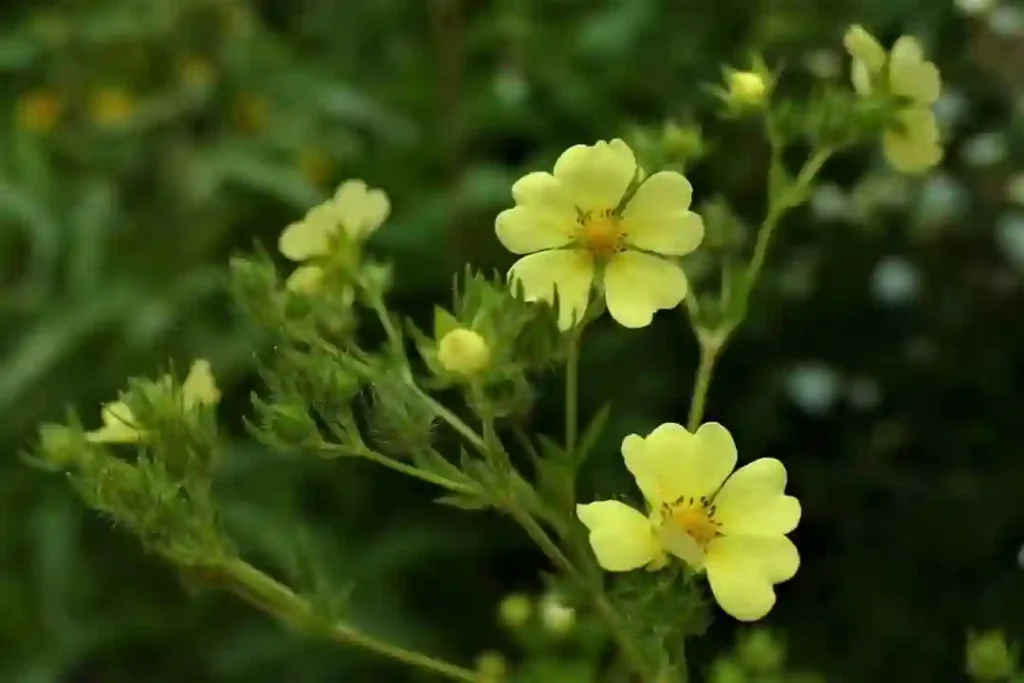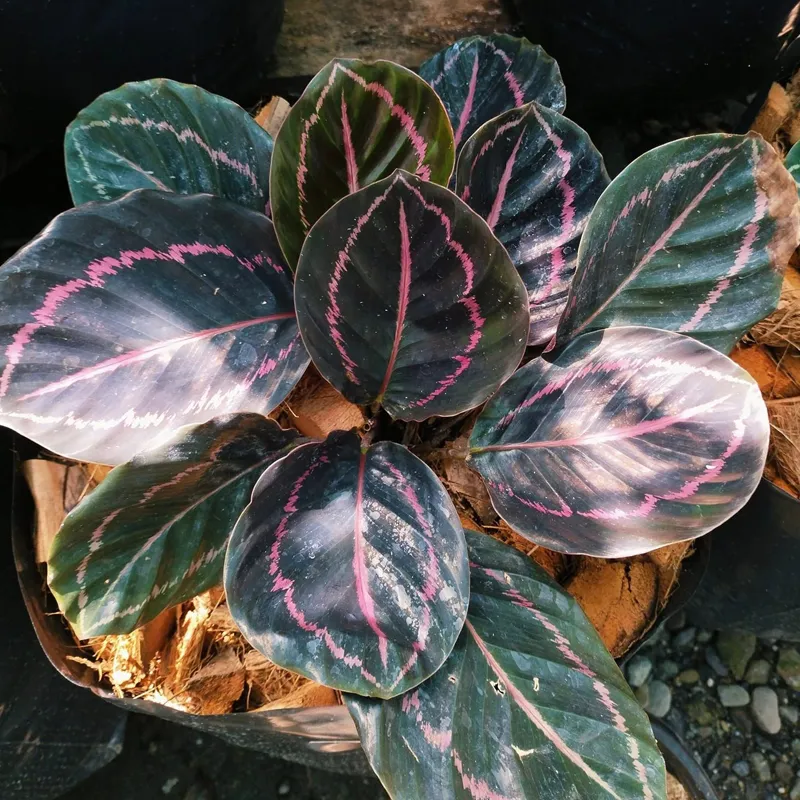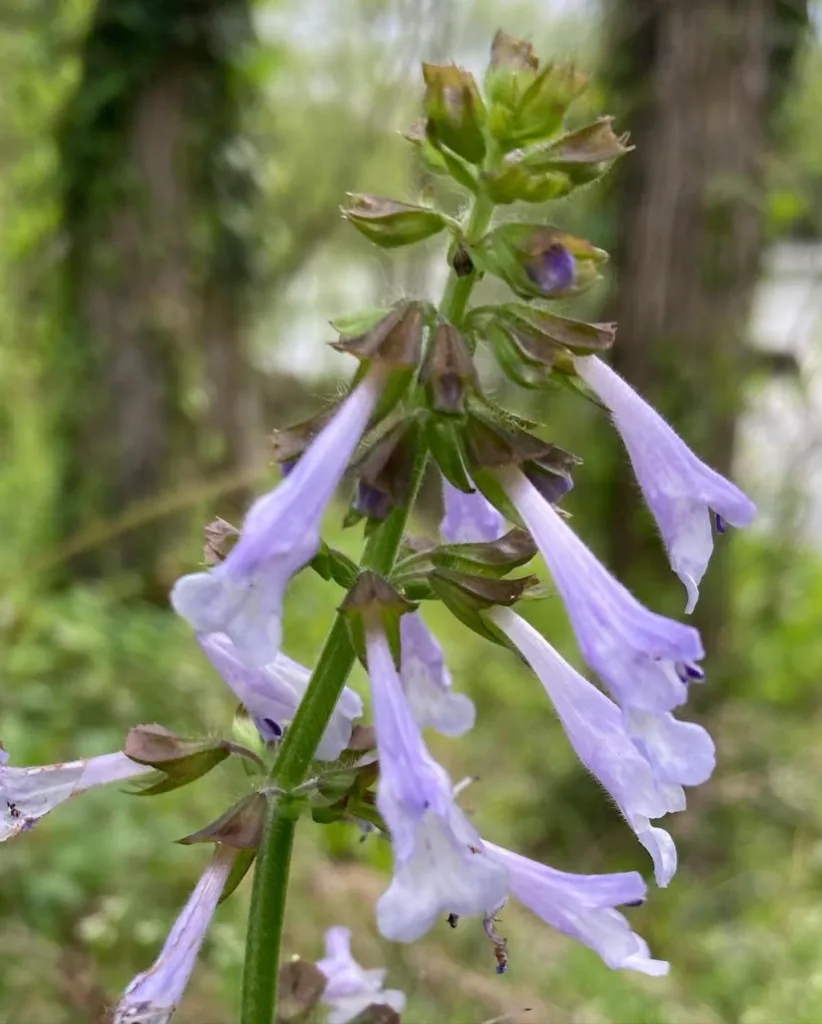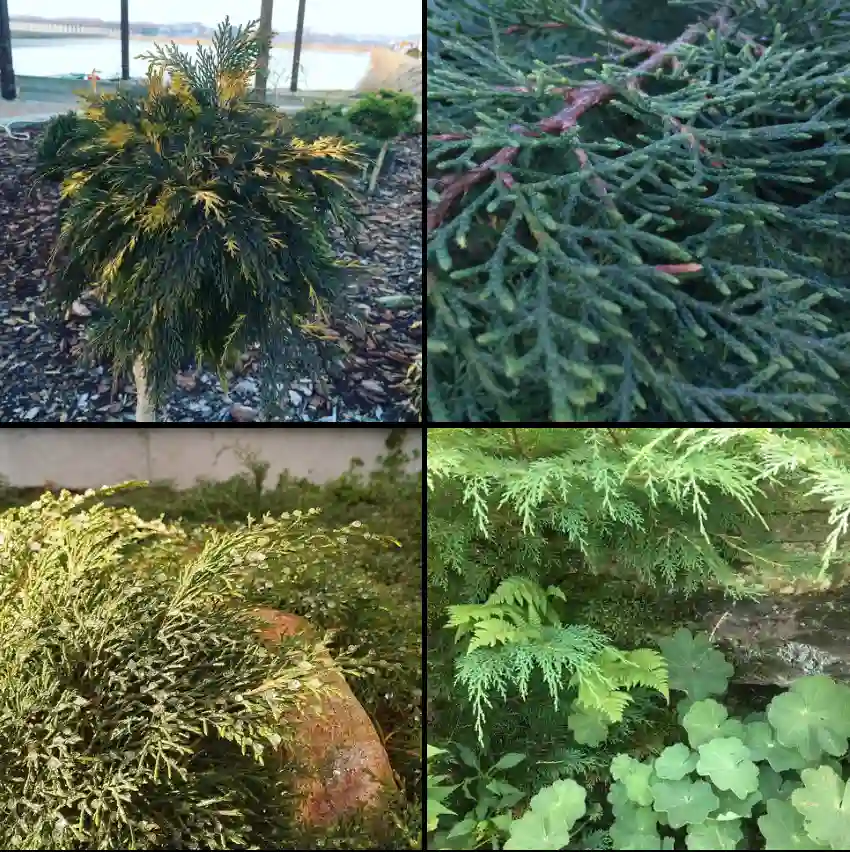The Scourge of Still Waters: My Battle with Salvinia molesta
As a passionate advocate for our local waterways, I recently encountered a formidable foe – Salvinia molesta, also known as giant salvinia or kariba weed. This invasive aquatic fern, with its deceptively delicate appearance, has the potential to wreak havoc on our delicate ecosystems. My first encounter was alarming. A seemingly innocuous patch of green had transformed into a thick mat, choking the life out of the once vibrant pond. I knew I had to act, and fast. This article details my journey into understanding and combating Salvinia molesta, a resilient enemy that demands our vigilance.
13 Species in Genus Salvinia
Where is Salvinia molesta From?
Salvinia molesta hails from the lush rainforests of southeastern Brazil. While it might have thrived in its natural habitat, its introduction into new environments has proven disastrous. The fern’s aggressive growth patterns and lack of natural predators in these foreign ecosystems make it a formidable invasive species.
Salvinia Molesta vs Salvinia Auriculata
I haven’t had direct experience with Salvinia Molesta, but I’ve grown Salvinia Auriculata in my pond for a couple of years now. It’s been a fascinating addition, spreading across the water surface with its distinctive heart-shaped leaves that create a lush green carpet. What I love about it is how effortlessly it maintains balance in the pond ecosystem, shading the water and providing a safe haven for small aquatic creatures. However, I’ve heard some concerns about Salvinia Molesta being more invasive in certain regions, which makes me cautious about trying it out myself. Overall, my experience with Salvinia Auriculata has been positive, contributing to the pond’s aesthetic and ecological health.
Is Salvinia molesta Invasive?
Absolutely. Salvinia molesta’s rapid reproduction rate allows it to quickly blanket the surface of lakes, rivers, and wetlands. This dense mat of vegetation blocks sunlight, suffocating submerged plants and disrupting the delicate balance of the aquatic ecosystem. Fish populations dwindle due to lack of oxygen and habitat destruction. The fern even impedes recreational activities and disrupts water flow. In short, Salvinia molesta is an ecological nightmare.
How Does Salvinia molesta Reproduce?
Salvinia molesta reproduces asexually through fragmentation. Even tiny pieces of the fern can develop into new plants, allowing it to spread exponentially. This rapid growth makes controlling established populations a significant challenge.
What Eats Salvinia molesta?
Unfortunately, Salvinia molesta finds itself free from most natural predators in its introduced environments. However, research into introducing biological control agents, such as certain weevils, shows promise. These insects feed on the fern, helping to manage populations.
How to Get Rid of Salvinia molesta?
Eradicating Salvinia molesta requires a multi-pronged approach. Mechanical removal is often the first step, involving physically scooping or pulling the fern from the water. However, this method is labor-intensive and only effective for small infestations.
Herbicides can be used in specific situations, but careful consideration is crucial. Misapplication can harm native plants and aquatic life. A biological control approach, utilizing the aforementioned weevils, offers a more targeted and environmentally friendly solution.
How to Stop Salvinia molesta?
Prevention is always better than cure. Public awareness campaigns are vital to educate people about the dangers of introducing exotic plants into local waterways. Disposing of unwanted aquarium plants responsibly is essential to prevent accidental introductions. Finally, early detection and rapid response are key. Monitoring waterways for signs of Salvinia molesta and taking immediate action can prevent small infestations from exploding into ecological disasters.
My battle with Salvinia molesta is a constant reminder of the delicate balance of our ecosystems and the ever-present threat of invasive species. By understanding this resilient fern and employing a combination of removal techniques, biological controls, and public awareness, we can safeguard our waterways for generations to come. Let’s work together to ensure these still waters remain havens for life, not battlegrounds for invasive plants.
If i die, water my plants!



